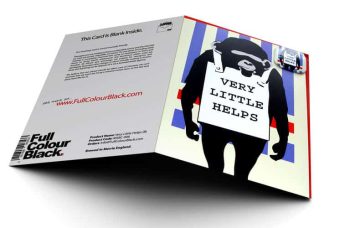As we drag on through the latter end of winter, it’s hard not to feel the drain of the cold weather and the short hours of sunlight—especially with the ceaseless isolation of the pandemic. Yet there are some artists who bring such liveliness to the world during, and in fact because of, the winter months. One such creator is Simon Beck, once a cartographer and now the holder of the wonderfully whimsical title of snow artist.
Simon Beck was born and raised in England, his first career path as a civil engineer and cartographer leading him to the University of Oxford. It was in the late 00’s that he began his endeavours as a snow artist, most prominently in the French Alps, after following a whim after a day of skiing. The 63-year old has crafted hundreds of snow drawings (and sand drawings) across the globe, and by note of his Facebook page seems to be quite active for his 274,000 followers.

It’s a surprising but logical expansion of Beck’s skillset as a cartographer. With little else beyond a surveying compass, a pair of snowshoes, and a personal radio he uses to keep himself enthused during the process, his prolific accomplishments are a testament to both his mind and his focus. Beck’s keen ability for navigating along these open expanses to produce such breathtaking designs is nothing short of inspiring.

Stylistically the snow drawings can certainly be likened to crop circles from their massive visual impact alone, but the dotted texture that Beck’s snowshoes lend the linework of his creations a unique quality. Their geometric layouts are reminiscent of mandalas or the peaceful simplicity of Buddhist sand gardens, whose sandpainting techniques can easily be referenced as a close relative to Beck’s own technique. His designs—which range from fields of concentric circles to daintily detailed snowflakes—have been traipsed across the Alps, Banff, and Powder Mountain, to name a few.
What strikes the most resonant chord of Simon Beck’s work—more so than this playful use of nature, the tenacity of walking dozens of miles for one’s work, or even the sheer magnitude of his finished pieces—is the transience of it all. Calling it graffiti himself, the concept of the effort and detail that goes into an art form like this to only be stepped absorbed back into the elements is such a freeing thought—one that apparently drives Beck onwards in this endeavour. It’s a class act in the fleetingness of art, and a reminder of what beauty impermanence lends to creation.





